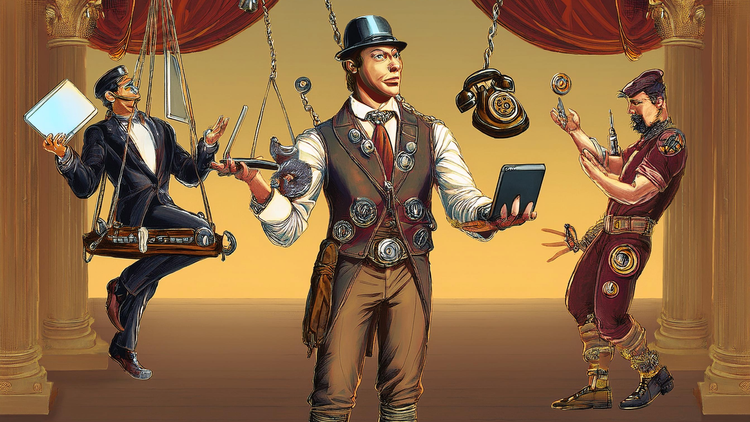The Business Model

In effect, this is what I do.
I’m a student of business models and love their variety and nuances. Business models remind me of timeless design.
In the end any business model should be as simple as possible. It should have simple aims around the concept of maximising profit. Otherwise, why are you in business?
You can have simple business models, such as retail. Buy or make something, add value, sell it for more. You can have complex business models around medical expertise for example. You can then have addictive business models where you need to continually feed the beast.
The concept of added value is the engine room of business. You may offer a service from hairdressing to corporate legal advice, but in the end you offer something more to the buyer.
Something is fundamentally worth what someone is willing to pay for it. Pricing is always a delicate balance with many contributing factors from markup to trends to buyer experience to knowledge to finance and third party support.
Branding should always support the business model.
For most businesses customers are key. The concept of ‘customers always come first‘ was enshrined when businesses could control narratives around their brand. Things have evolved over the last 20 years with reviews being public knowledge. The consumer is not always a straight shooter and malicious lies can grow. It’s now just as important to deal with public scrutiny as driving new sales.
In the olden days customers always came first, then the Internet arrived and any keyboard warrior was given a megaphone.

Businesses need to have a plan, a policy to deal with this. Ignoring it is as valid as wrapping your entire customer service into a social media platform, as long as this is the agreed plan. Good leadership is fundamental.
If you choose to ignore such random, possibly contrived negative reviews you can concentrate entirely on the positives. If you take this negativity seriously, you will need to adequately resource your response and build the business case for it. Your staff and team can take social media personally and respond as they see fit, hence the need for policy and good leadership.
Typically increasing sales is to do with three themes;
- maintaining existing customers
- developing those customers
- new business
Each of these requires skill sets, clear plans, targets and top management.
You can get caught up with operations and marketing when considering a business model. For me this is part of your business plan. It’s is more about what are you trying to achieve rather than how.
We sell pineapples cheaper than others.
We sell better legal advice.
We sell safer laser surgery.
It was 10 years ago when I came across what turned out to be an addictive, fascinating and at times quite complex business model.
The public auctioneer.
It was here that I found a question mark over who your customer actually was and how you operate with competing expectations. A seller wants as much possible money and a buyer wants to pay as little as possible.
The agent would try and say that that’s the same for them, however there is a fundamental difference with pricing. For an agent, they would typically haggle or produce a price between 2 parties and work to get that deal across the line. If they are lucky they may find multiple interested parties and manipulate a higher price which in itself can cause issues around impartiality.
This industry has been transformed by technology and that was where I came in. Step aside EBay, a basic, timed bid by tender, and arise live internet bidding.





